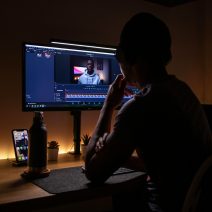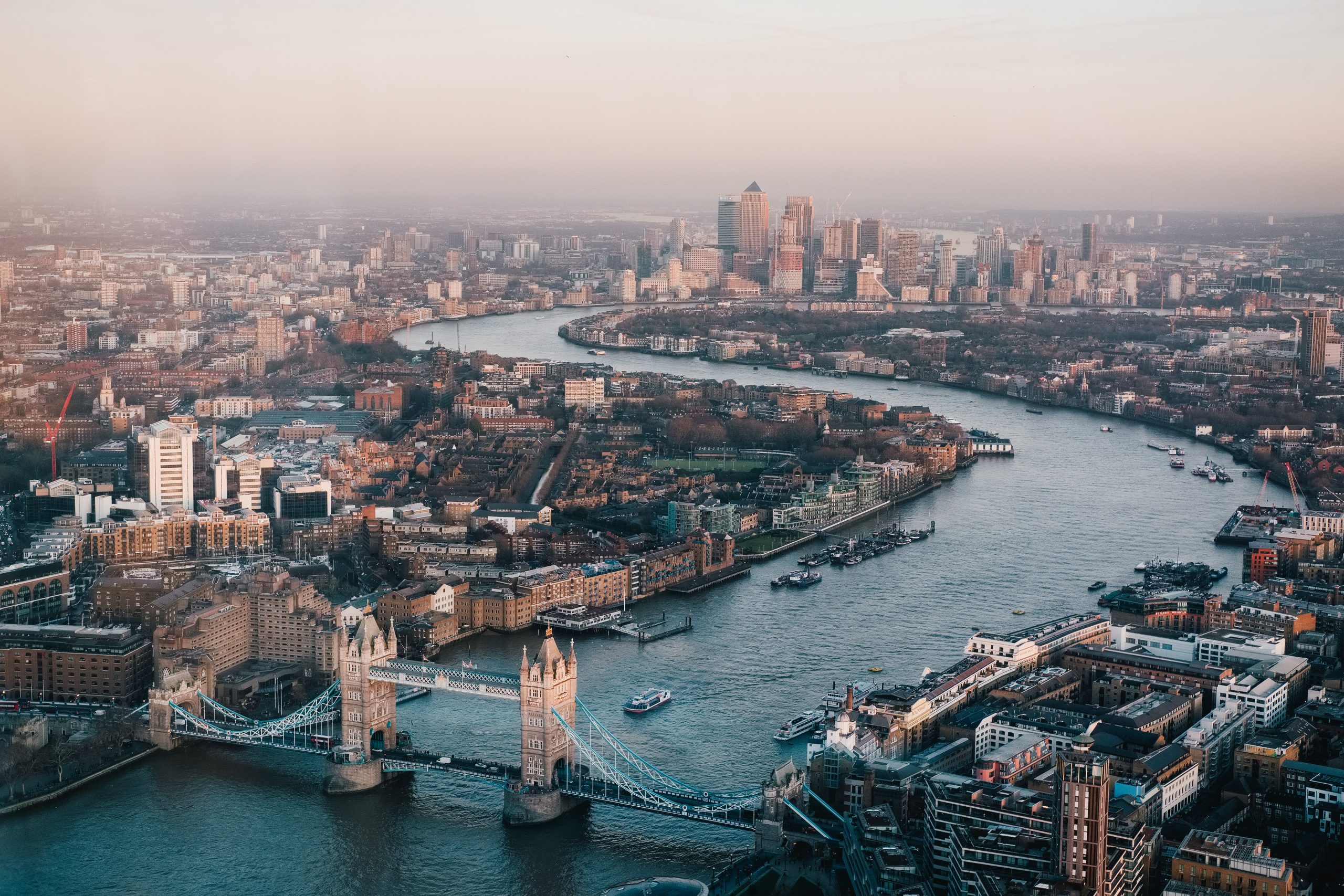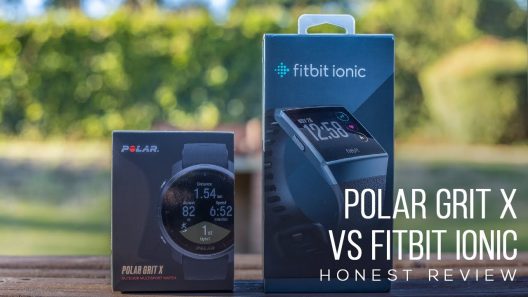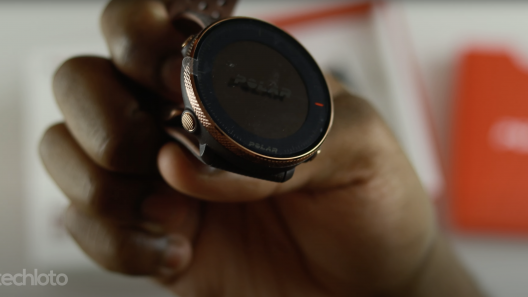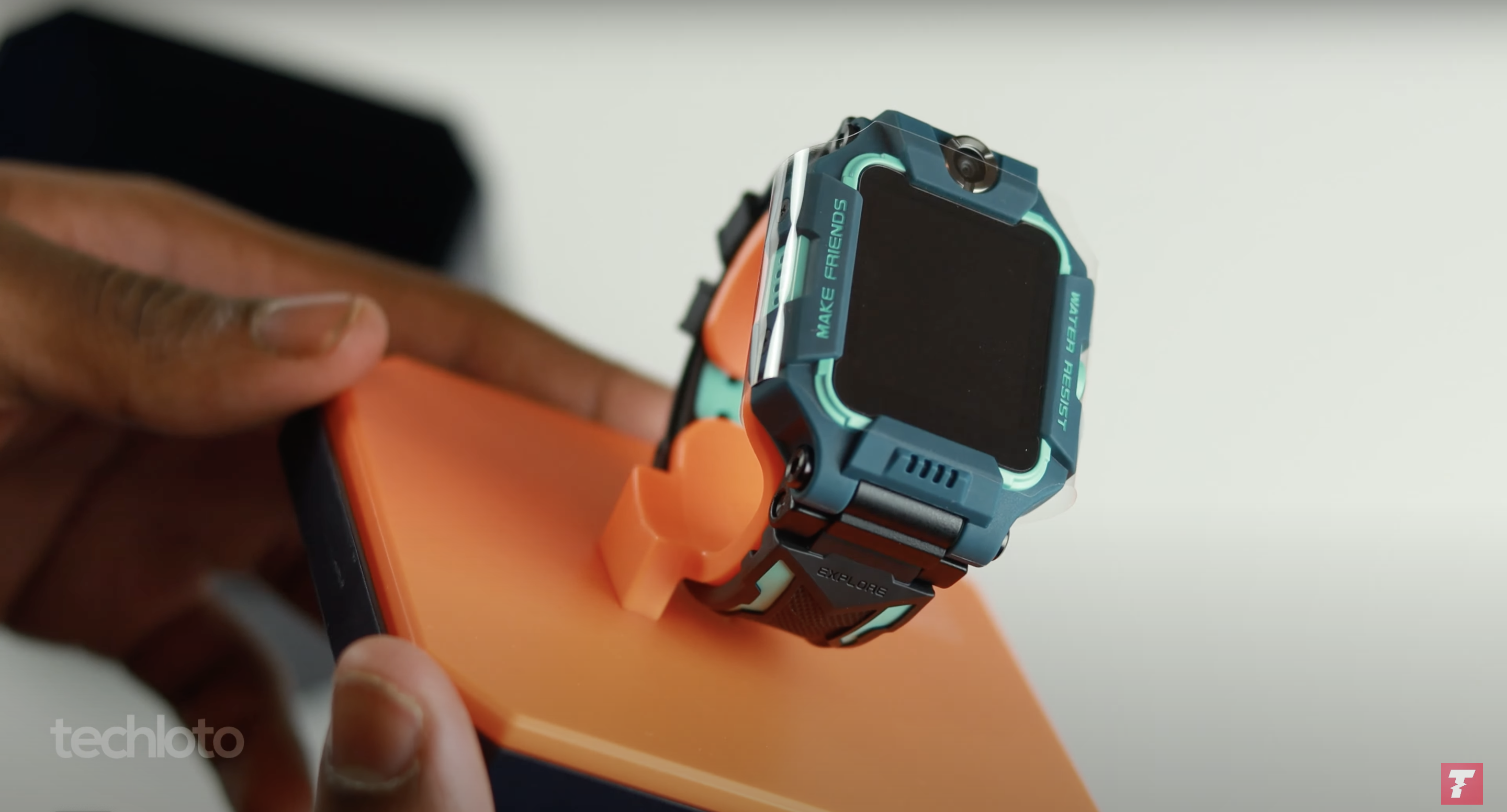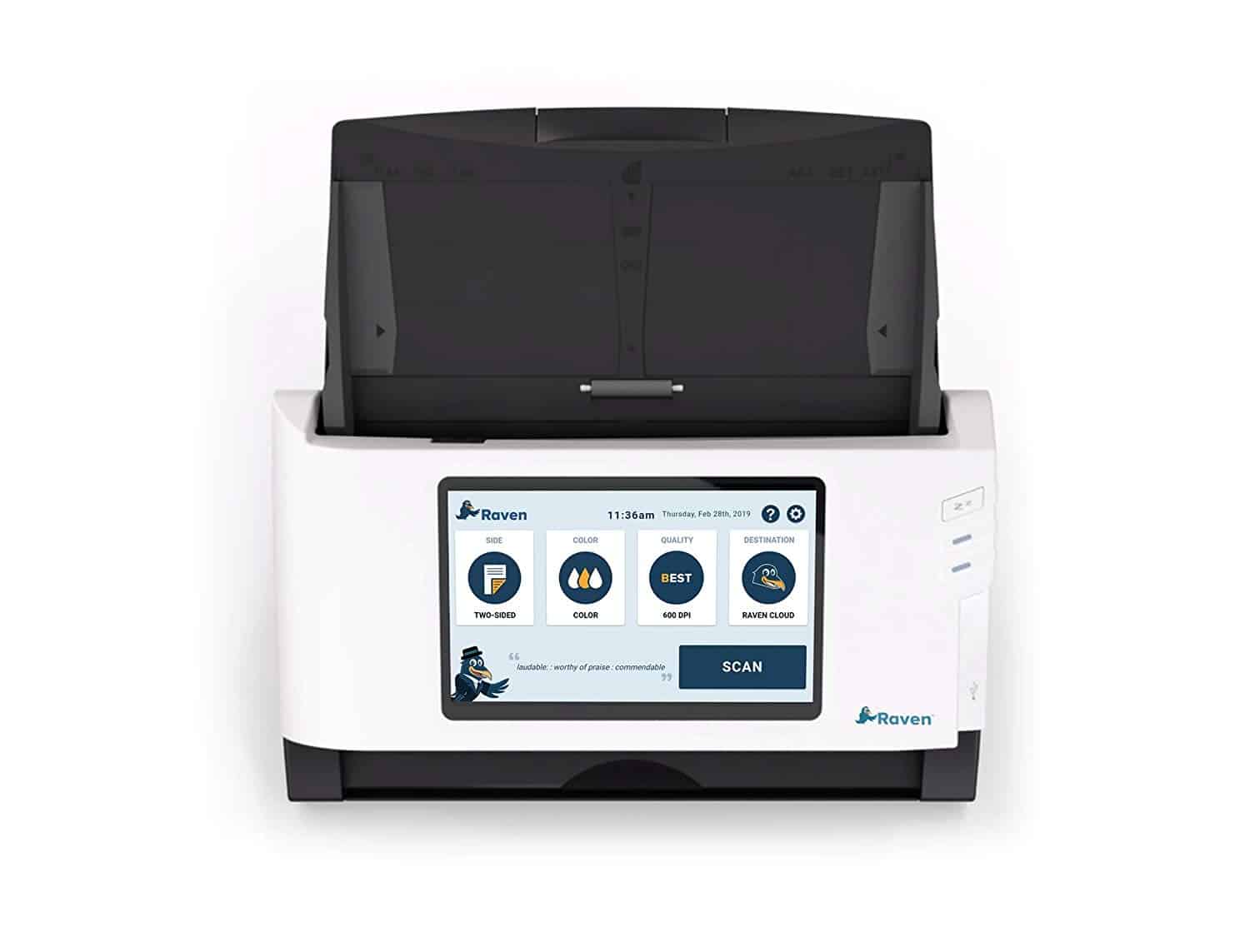The Canon EOS R isn’t Canon’s newest mirrorless anymore, but after months of using it across London streets, weddings, and casual shoots, I still think it’s the perfect step-up camera for anyone coming from a Canon 7D Mark II or even a 5D Mark III.
This isn’t just about specs on paper. Specs get argued to death online. What matters is what you see when you put this camera in your hands, walk outside, and actually shoot.
First Impressions: Color That Just Feels Right
Canon has always had a reputation for color science, and the EOS R keeps that legacy alive. The files coming out of this camera are so good that even before touching color grading, you’re looking at beautiful, natural tones.
- Skin looks human — not plasticky, not oversaturated.
- Street scenes pop — London brickwork, buses, graffiti, all rendered with subtle richness.
- Details hold — crisp without the brittle sharpness some brands push.
For me, the biggest surprise was shooting a wedding. I planned to color grade the footage. Then I looked at the files and thought, why bother? They already looked cinematic, straight out of camera.
Stabilization: The One Compromise
The EOS R doesn’t have in-body image stabilization (IBIS). For handheld video, that means leaning on lenses with IS or the digital stabilizer.
Yes, the digital option crops the image a little. But honestly? With London’s busy streets, I still got stable footage with enough field of view to tell the story. If IBIS is a must-have, look at Canon’s R5/R6 line. But for most of what I shoot, the crop hasn’t been a dealbreaker.
Full-Frame Freedom
Switching from APS-C (7D Mark II) to full-frame is like stepping into a new world. You suddenly get:
- Shallower depth of field — portraits and street shots with natural separation.
- Better low light — evening shots around Southbank keep their mood without drowning in noise.
- Wider field of view — you capture more of the city without stepping back into traffic.
The Eye Test vs The Spec Sheet
Here’s the thing: comparison videos online can make any camera look “close enough.” But the eye test tells you more than the spec sheet. Side by side, the EOS R simply delivers cleaner, richer files. At its price point, it’s hard to argue with.
There hasn’t been a single moment where I’ve shot something and thought: I wish I had another camera for this.
Faces, Detail, and Real People
London is full of characters, and the EOS R makes them shine. Street portraits reveal texture in skin, detail in hair, and nuance in expressions that cheaper sensors gloss over.
I shot a pair of beatboxers in central London — faces full of life, sound pouring through the mic — and the EOS R captured both the look and the atmosphere. The built-in mic impressed me too. For casual run-and-gun, it’s surprisingly usable.
Who This Camera Is For
- Canon shooters on older bodies — 7D Mark II or 5D Mark III users will feel instantly at home, but spoiled by the leap forward.
- Hybrid creators — if you split between stills and video, the EOS R balances both beautifully.
- Wedding and event shooters — colors are so good out of camera that you save time in post.
If you’re a Sony convert or spec-obsessed pixel peeper, you’ll nitpick. But if you care about consistent results, reliable colors, and a camera that makes people look great, the EOS R will earn your trust quickly.
Final Thoughts
The Canon EOS R may not have IBIS or the wild specs of the R5, but it nails what matters: image quality, color, and usability. For me, walking around London with this camera has been a reminder that sometimes the best upgrade isn’t the newest or most hyped—it’s the one that makes you love shooting again.
Would I recommend it? Absolutely. For Canon shooters looking to move into mirrorless without breaking the bank, the EOS R is still one of the best ways in.
Now the question is — are you sticking with Canon, or are you tempted by Sony’s latest?


